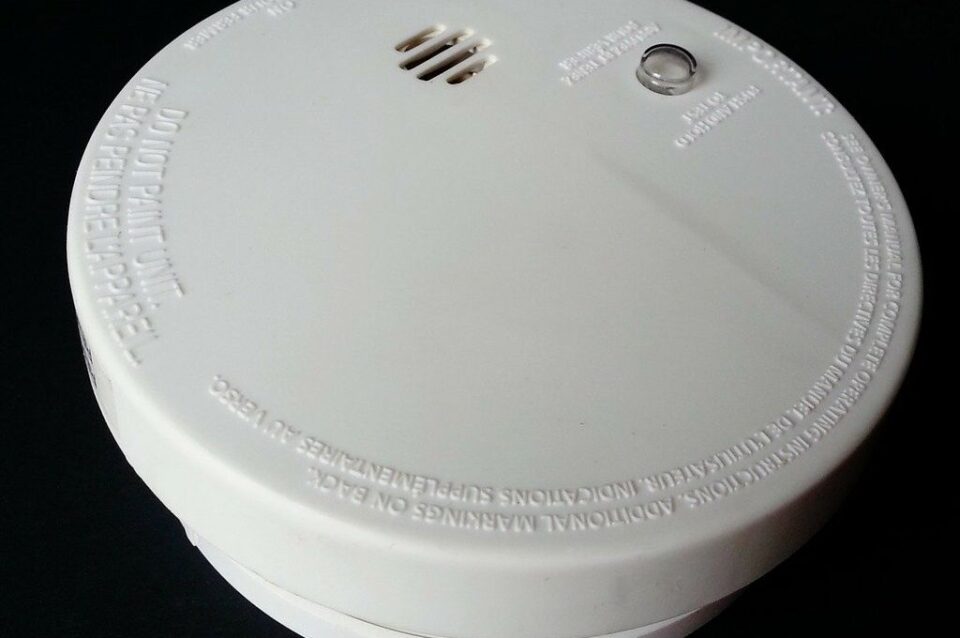By February 2022, all Scottish homes will need to have interlinked alarms.
The legislation has been introduced by the Scottish Government following of the Grenfell Tower fire in London in 2017, and it applies to all Scottish homes.
Interlinked means if one goes off, they all go off, and it is the property owner’s responsibility for meeting the new standard. Guidance and further information can be found via the Scottish Government website
What each home needs
By February 2022 every home must have:
· one smoke alarm in the living room or the room you use most
· one smoke alarm in every hallway or landing
· one heat alarm in the kitchen.
All smoke and heat alarms should be mounted on the ceiling and be interlinked.
If you have a carbon-fuelled appliance – like a boiler, fire, heater or flue – in any room, you must also have a carbon monoxide detector in that room, but this does not need to be linked to the fire alarms.
Help with costs
It is the property owner’s responsibility for meeting the new standard.
If you are a private tenant, your landlord is responsible.
If you are a council or housing association tenant, work is ongoing to make sure your home meets the new standards.
Elderly or disabled people may be eligible for support to fit interlinked alarms from Care and Repair Scotland. They can be contacted via careandrepairscotland.co.uk or by calling 0141 221 9879.
Types of alarms
You can use either sealed battery alarms or mains-wired alarms.
Both types of alarm are interlinked by radio frequency and do not need Wifi.
There is no list of approved suppliers or fitters, however each alarm must comply with the following standards:
· smoke alarms: BS EN14604:2005
· heat alarms: BS 5446-2:2003
· carbon monoxide detector: British Kitemark EN 50291-1
Further information is available via Scottish Government website


Leave a Reply